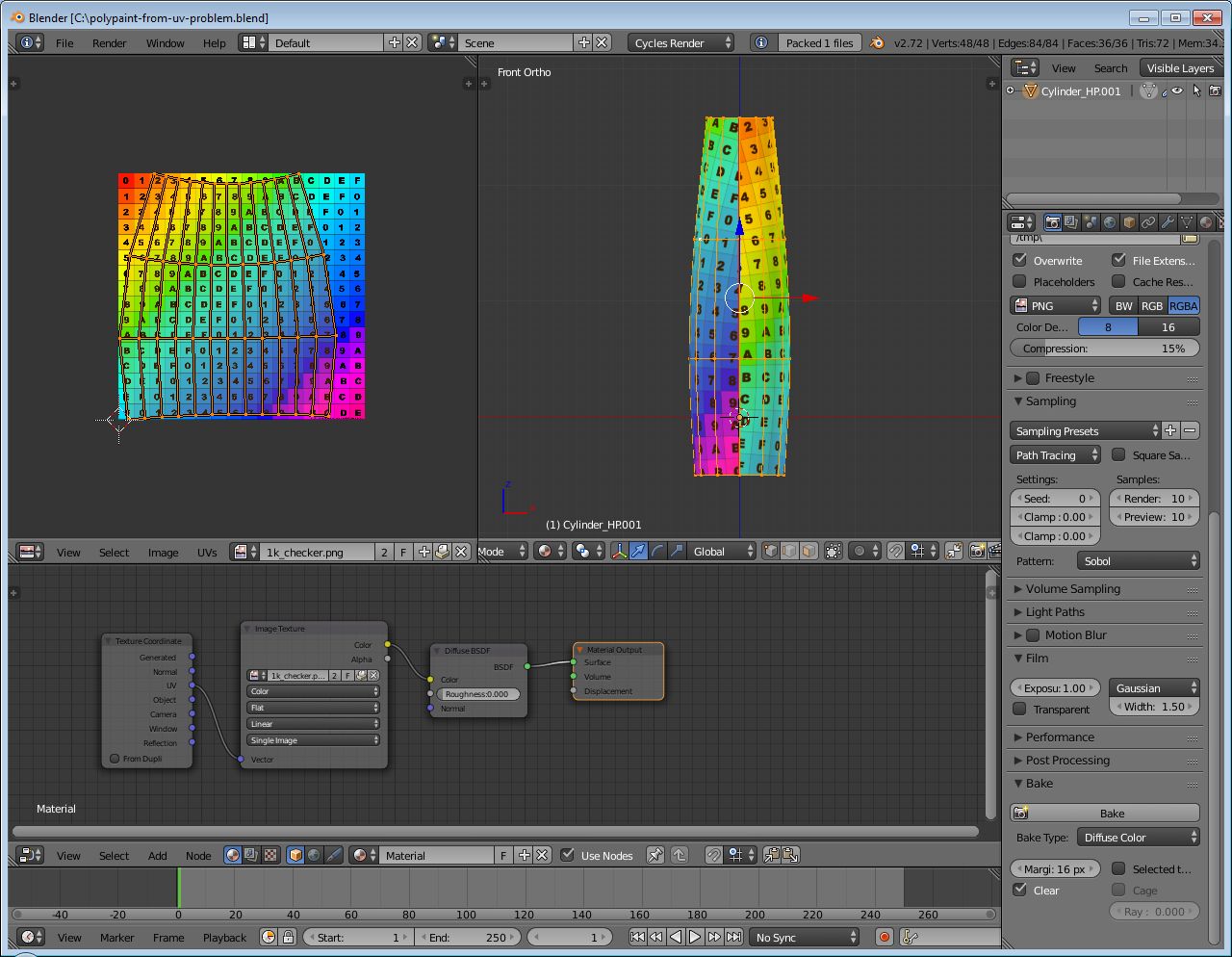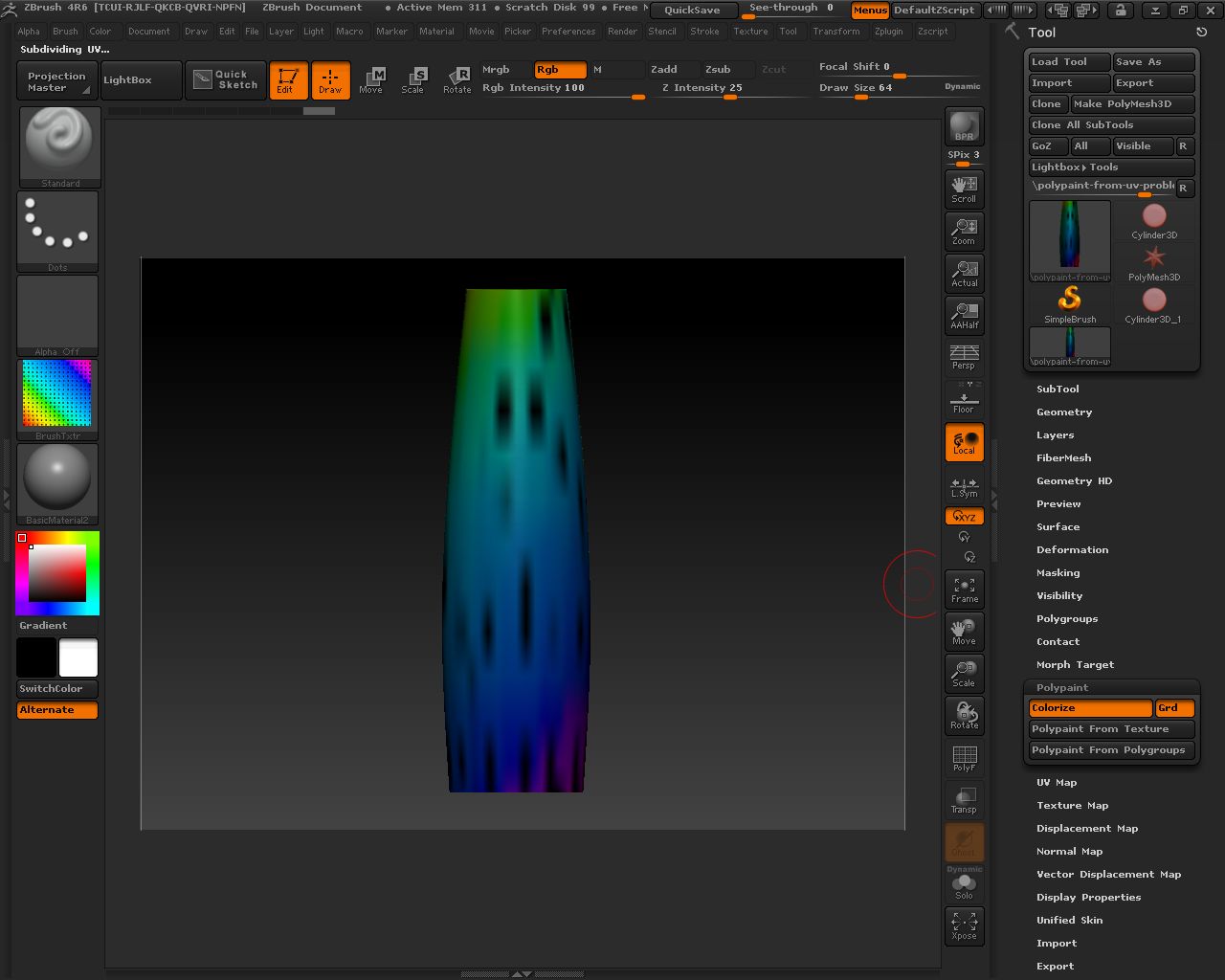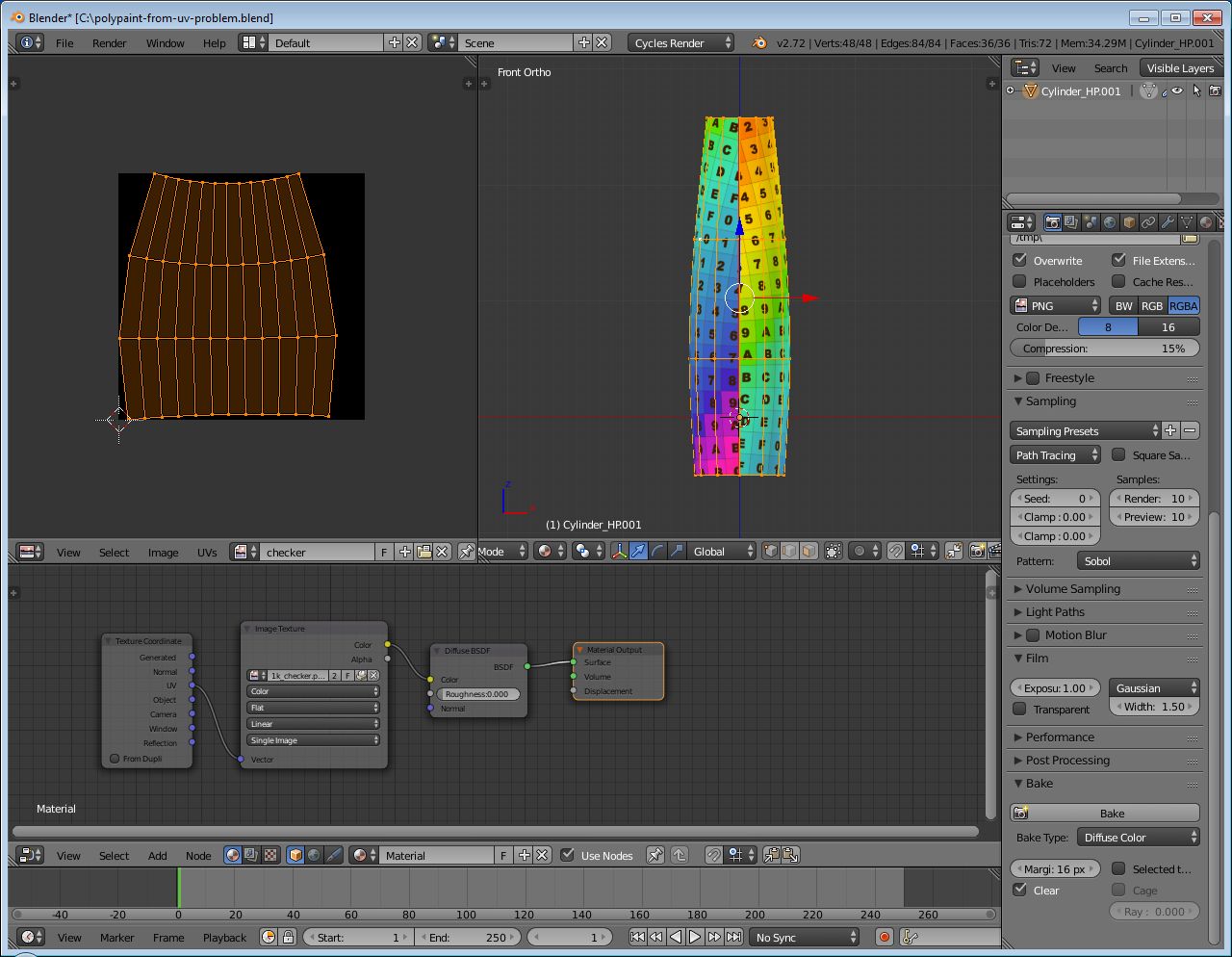Thank you for detailed answer. I thought decimation master ruin polypaint info. I was wrong then.
I have no problem with amount of polygons, but i thought that Pixologic recomendation for 3D printing is that subtool must be less than million polygones. If amount of polygones is not a problem and 3D print Exporter able to handle as much polygones as i can feed to it, then i will subdivide subtool as many times as needed for proper polypaint from texture. This approach will solve all my problems.
I basically want my model some kind of universal so that most printers, even basic ones, can print it. Some with color, if needed, some without color. I even simplified geometry and adapt it for 20x20x20cm printing chamber, so that most printers can handle printing. I just want to be sure that people, if they want to, will have no problem printing my model with color if they have printer able to do this.
UPD: About decimate master. I guess i’m doing something wrong, but when i decimate model, polypaint info just disappear. I go to “ZPlugin: Decimation Master: Decimate Current” with default settings. Polygon count decrease significantly, but polypaint disappear.
P.S. I wonder, if i use vector texture format instead of raster texture, would ZBrush be able to convert it to polypaint with lower levels of subdivision required.







